Today we are going to be talking about setting the foundation for training your reactive dog.
I’m actually talking about the training that’s not training, the training that is incredibly valuable to your dog’s overall performance and overall learning. But isn’t necessarily the nuts and bolts of exactly what you need to do with them.
I hit these elements of behaviour with clients, I always, always always make sure that we are in a position to start before we start. And to me the fundamentals are kind of exactly that. Fundamental.
So that is going to be what we are covering today.
Please note!
This post has been mainly AI Generated from the video below! If you notice any weird phrasing?
Ping me an email and let me know, because I clearly missed it when editing!
Why Is This Important?
This is a lot of work to build your dogs tolerance without exposing them to a dog, person or trigger.
You expand their window of calmness, just a little.
This then gives you a phenomenal base to work from, and a bigger margin of error, and allowing you? Slippage space, it gives you space and time to hone your training skills too. That’s why this is important.
When you first start training your reactive dog? You won’t be perfect, you won’t be on point with your reactions, your cues, your rewards. So doing this? Allows you a little more time to engage your dog and see training progress more.
That’s why I will always tackle this first.
This was the live! But my ‘recording’ has gone AWOL – grumble
When I get it back I’ll upload it to youtube, promise!
1 – Start with Understanding
I’m going to start with mentioning what we talked about last week, which was to understand your reactive dog, I’m not going to go too far into it.
You do have to start that you do have to understand why they’re reactive, what their problem is, and effectively how to change it.
I’m not going to go too far into that if you do want more information on that!
2 – Increase Happiness
Increasing happiness is my actual second point. Because a happy dog is so much easier to train than a dog who is not happy, and all dogs are happy, right? It’s like they’re born happy. They’re just always happy to be around you and to be with you and all these things.
And whilst I am referring to that, I’m also referring to satisfying your dog as an individual and their needs.

For example. My Coonhounds. My Coonhounds were there a nose with a dog attached to them, right?
They were bred to hunt, and track animals through all sorts of train and put them to put a recurring arbitrary, keep them there until somebody comes along and deals with them. History is history, but we have to recognise what the dog was bred for, we have to recognise what their intentions are, and consequently, understand what they’ve been what we need to do to keep their happiness up and make their lives fulfilled.
Fulfilment is it is imperative for a reactive dog.
Another example is Indie. When Indie was at his peak of reactivity, we used to use squeaky balls.
As a German Shepherd, he is ball obsessed. And I really do mean that. And I took the squeaky ball away from him in the house, because I don’t know if you’ve ever had a squeaky anything in a small house, but it reverberates and it used to irritate the hell out of me.
“Right! We’re taking that away because I just can’t deal with it. This will be an outside thing only.”

Reactivity
is Rough.
Guess what?
You don’t have to do it alone.
Let’s solve your dogs reactivity together
Turns out, I couldn’t do that. Because that actually decrease in this overall contentedness.
What I had to do instead was to give them a ball and give them a squeaky toy that were a lot less irritating (enter edsel the elephant!).
The predatory motor pattern goes:
ORIENT > EYE > STALK > CHASE > GRAB-BITE > KILL-BITE > DISSECT > CONSUME.
When we selectively bred dogs for tasks, we typically honed in on one, two, maybe three parts of this sequence.
And one that indeed was particularly keen on was the kill-bite, which is charmingly named huh?
It just meant that he wanted to chomp on a ball, and that in turn? This was what made him happy.
And he wanted things to squeak and he wanted to emulate that kill-bite, but on something, you know, that was obviously not going to be killed at the time, am I taking that away from him actually lowered his overall happiness, which made his reactivity harder to train through.
This Is Where Enrichment Is Important.
This is where you want to pick incredibly well-considered activities of enrichment for your duck, for example, terriers, and I’m being these broad strokes. So you know, your dog is an individual, and please make sure that this is tailored for your pup, not my pup.
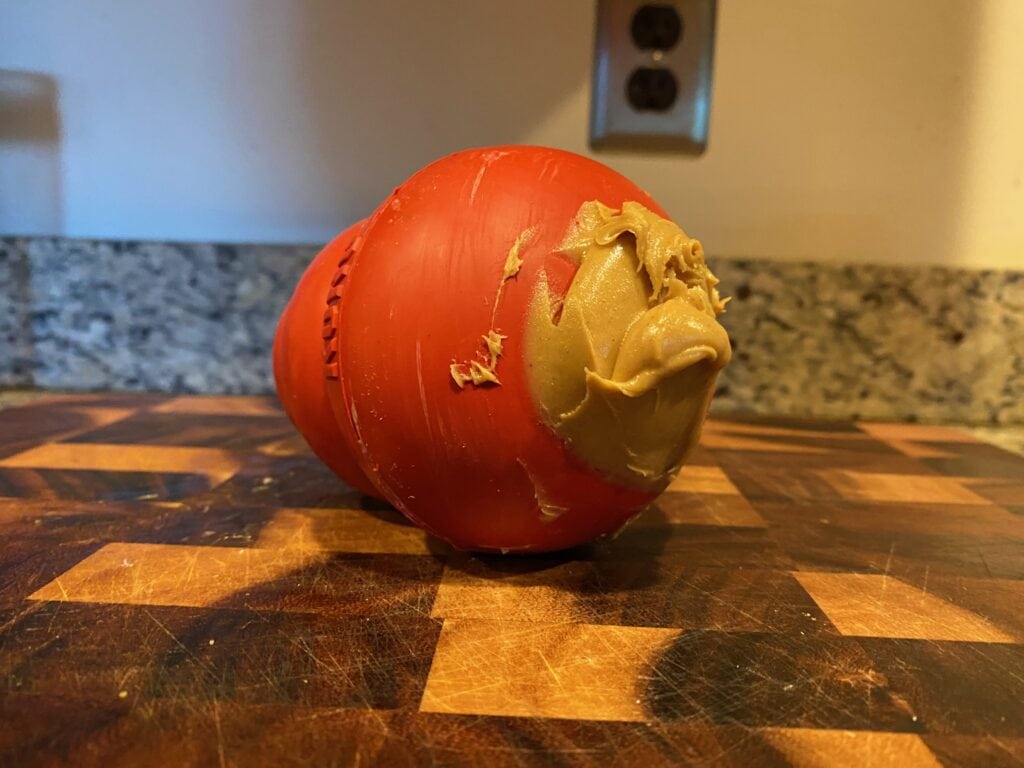
But terriers, for example, our Earth dogs, they love, love, love, love to dig.
Typically, it’s one of their favourite things. That can be a real pain if you’ve got a garden and you might be tempted to stop them from digging. However, it would be a much better idea to give them a place to dig, where you can focus their digging nature and activities so that they get that satisfaction of digging without ruin your azalea ruining your azaleas.
That way, you can increase their happiness and keep your azalea safe. And that also is only as a little bit toxic to dogs. So, you know, it was a really bad example. But we’re working on the fly here, so bear with me. So try and give them all the things in the world that will make them happy.
That means from a nice comfy bed to intelligent enrichment. So again, Bulldogs, bully breeds tend to love tug, of only breed who has denied tug, might find things a little bit less fulfilling than a dog who is engaged in tug, in interactive games off tug, as regularly as possible.
3 – Decrease Stress
And third, we’ve got decreased stress, kind of goes without saying, but the more you put them in these not dangerous but difficult scenarios, the higher the stress level that your dog is going to have. And the higher the stress level your dog has, the more likely they are to react, and can be called trigger stacking. Which means that essentially, the more stress they go under, the more inclined more likely they are to go.
That bang is when they have a go at the neighbor’s dog through the fence, that bang is when they meet your neighbor’s poodle and then go out there and you look like the crazy person with a crazy dog. And it’s not the case, they just misunderstood.
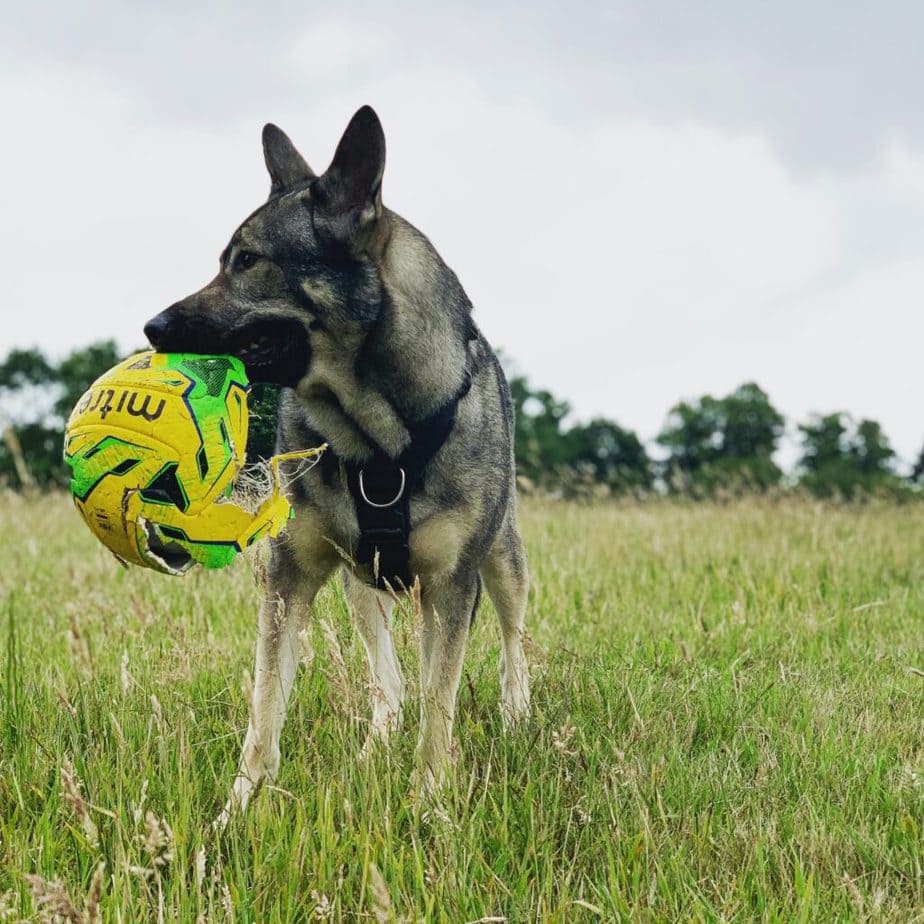
They’re just struggling with life, right, and they don’t know how to react properly. But if we can decrease those incidents, if we can decrease those flashes of intensity, we can even them out and bring them back to a more normal scenario. And that more normal scenario is something that allows you a position to train from. The third thing is routine.
4 – Routine Can Be Your Friend
The fourth thing is routine. Because a lot of these dogs, a lot of reactive dogs, and this one might not apply to your dog. But none of us know most of them do apply but routine is is kind of a very subjective one.
When it comes to routine, some dogs are more anxious, they are naturally predisposed to anxiety. And it’s something we discussed last week. But those dogs who are predisposed to anxiety, keeping things the same. Having a routine can be something that they can leverage off of.
They can feel much more secure. Because of and it’s a very simple thing to to implement. I mean, it’s a very tough thing to do consistently every day. And dogs can become too reliant on it. I do warn you on that that is a very small caveat.
While she while working through severe behaviour issues, routine is wonderful. It’s something that they can leverage off of, and it’s something that you can leverage off of, to try and just keep the flow to a certain level. Once you especially once you found something that works if you find something that works, going over it works really well.
5 – Improve Diet
The next one is diet, diet is underestimated in its importance. And because if you if your dog has an upset stomach, and that again is something I touched on last week, but if your dog has an upset stomach, or if they aren’t feeling great, they are going to be more likely to react and feeding a good quality food is really, really important.
I do want to put in this category that war feeding absolutely does not make your dog more aggressive, okay, or reactive, or it doesn’t contribute to anything like that. The only thing that that contributes to is gut health, immune systems, and essentially happiness again, because once they’re being fed great quality food, it’s always easier to work with them.
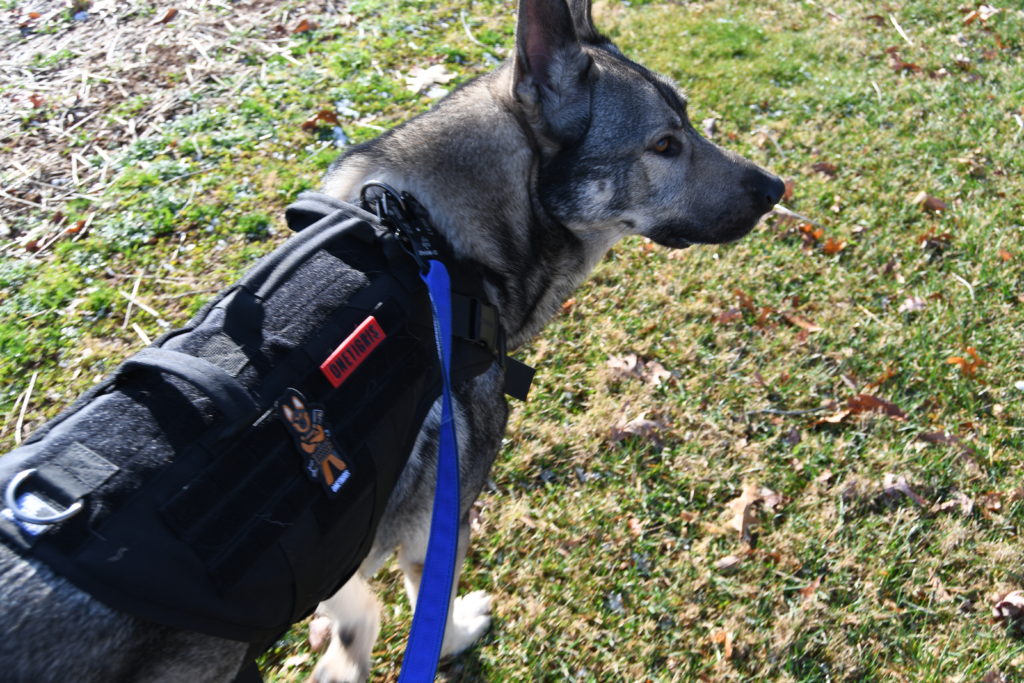
Harness: OneTigris XDestroyer K9 Tactical Harness
Leash: Tactipup Extreme Leash
Kibble is… the only thing that I will say is for highest protein value that you can, because the more carbohydrates you have, the more they go into sugars.
Those sugars obviously, can create spikes during the day, during their energy levels. And that’s something that we want to keep nice and even or as even as possible.
6 – Did You Know Sometimes Your Insurance Covers This?
Insurance, because I’m not sure how many of you have insurance, but if you do have insurance, check with your insurance to see if things like behaviour modification programmes are included, because you’d be surprised.
It is possible under your insurance to get it fully paid for by your insurer to have your dog reactivity dealt with by a professional. Okay. And if you can get it dealt with, with somebody holding your hand the entire way through, that’s definitely going to put you in a better scenario.
Reactivity Is Not A Life Sentence!
It may feel really tough, it can feel like it might never get better. I promise you. It can and will get better – if you put in the effort.
If you need help, please reach out, please sign up for Rebarkable Reactives. Because you’re not alone, and you can get your dog through this! And I’m absolutely here to help.

Author, Ali Smith
Ali Smith is a professional, qualified, and multi-award winning trainer is the founder of rebarkable. She has always believed animals deserve kindness and champions force free methods. Believing that dog guardians will all choose the kindest options if proper information is provided, she aims to help all dog guardians who need it and make dog training as accessible as possible
Ali lives win Maryland, US with her husband and her three dogs.

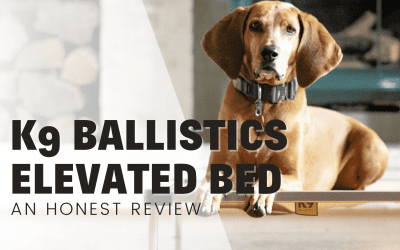
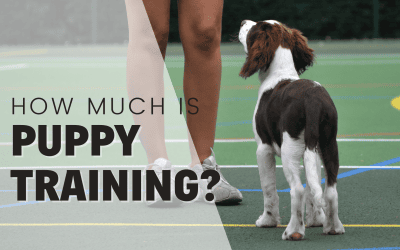

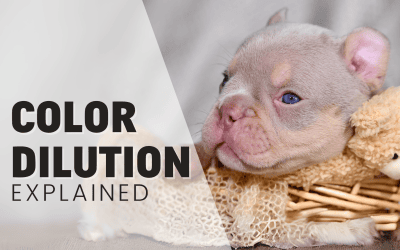
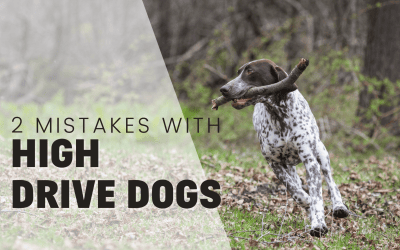
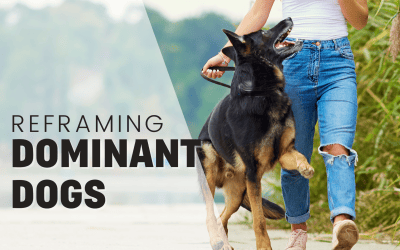
0 Comments